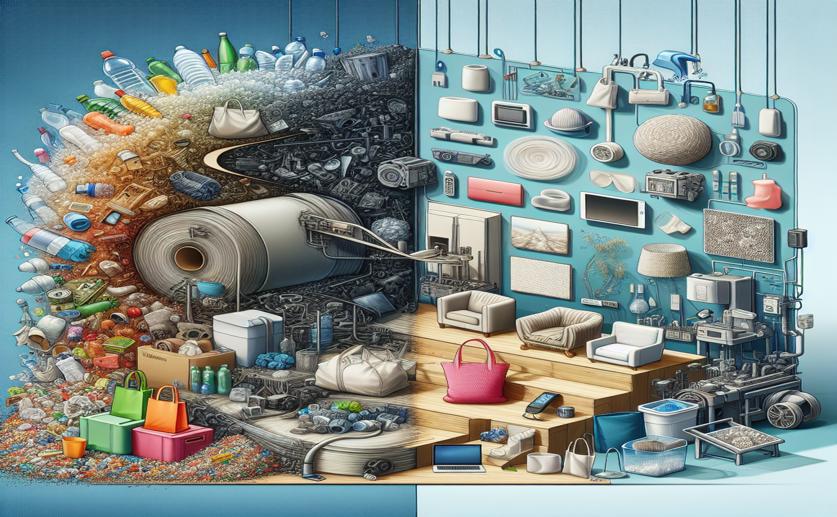
Turning Plastic Waste into Valuable Products with Special Polymers
Jim Crocker
12th February, 2024

Image Source: Natural Science News, 2024
EnvironmentSustainabilityBiotech
References
Main Study
1) Polyurethane with β-Selenocarbonyl Structure Enabling the Combination of Plastic Degradation and Waste Upcycling.
Published 12th February, 2024
https://doi.org/10.1002/anie.202317558



 9th January, 2024 | David Palenski
9th January, 2024 | David Palenski